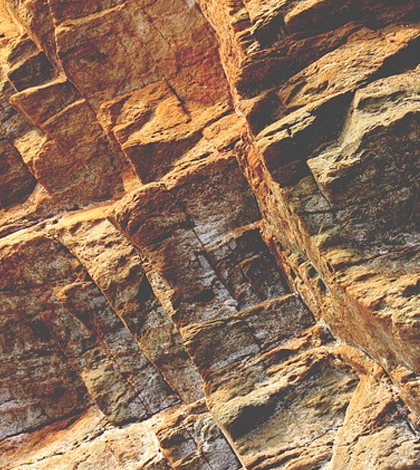Finding of consistent weathering rates over 2 million years surprises geologists

Weathering effects have been very similar during glacial and interglacial timeframes across the globe, according to a press release from Stanford’s School of Earth, Energy and Environmental Sciences.
This finding is contrary to the traditional school of thought on weathering, which suggests the lower amount of rainfall during glacial periods would result in fewer weathering effects.
Researchers used a technique comparing two Beryllium isotopes, 10Be and 9Be, to obtain the study results. The 10Be isotope rains down upon the earth in a highly consistent way over time, allowing it to be used essentially as a clock against which 9Be, the Beryllium isotope naturally occurring in silicate rocks, can be compared. The 9Be level shows how much rock has been dissolved. The relative amounts of 10Be and 9Be show how much weathering of rocks has occurred over a given timeframe.
It was discovered that while some locales did show more weathering during interglacial times and less during glacial ones, the global results were largely dominated by tropical locales that changed very little regardless of whether they were in a glacial or interglacial period, making the overall study results quite similar.




0 comments